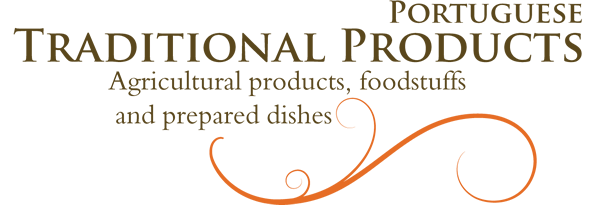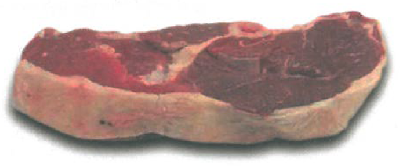Description: The Borrego da Beira PGI is the meat produced from small statured lambs, which are cross bred from three different breeds: the Churra do Campo or Marialveira, the Churra Mondegueira and the Merino da Beira Baixa.
Production method: the production method of these lambs depends on their geographical area: in the mountains the animals are kept in flocks and fed on hay and branches from chestnut and oak trees and are taken to the high altitude pastures in the summer time; on the plains, on the other hand, the Borrego da Beira live permanently in the open air, graze for food and the lambs are suckled by their mothers. The lambs are slaughtered before they reach a live weight of 12 kg.
Distinctive features: The specificity of the breeds, pasture and management of livestock determines the production of lamb carcasses with lower weights to 6 kg (5 kg on average) and with unique organoleptic qualities, recognized regionally and nationally in the wide range of gastronomic menus that include this kind of lamb.
Production area: Borrego da Beira PGI is produced in the districts of Castelo Branco and Guarda and in a small area in the district of Santarém.
History: The Churra Mondegueira and Churra do Campo or Marialveira breeds of sheep originated from the Ovis Aries Studery, an ancient breed from which all Portuguese sheep descend. As far as the origins of the Borrego da Beira breed is concerned it would appear that it descended from a cross between the Alentejano Merino and the Spanish Merino when the flocks were taken together to the mountain pastures in the summer time. These animals have only been reared for their meat for the last 20 years, before that they were kept for their wool and to supply milk for the many cheese makers in the Beira Baixa area. The shepherds and their families were the only ones who ate the meat. In any case the sheep has always played an important role in the lives of the local population, as it was, for a very long time, before the introduction of other cultures and other sources of food, the only source of income for the agricultural community. In the Borrego da Beira PGI production area it is also known as Borrego da Canastra, the word canastra meaning the basket in which the lamb was traditionally placed, and also as Borrego de leite, since milk is the lamb's sole form of sustenance.
Product specification (pdf)
Producer group
APQDCB - Associação de Produtores de Queijo do Distrito de Castelo Branco
Control and certification body
BEIRA TRADIÇÃO Certificação de Produtos da Beira, Lda
Control plan
Control plan (pdf)
Publication in EU official journal
Regulamento (CE) n.º 1107/96 da Comissão de 12.06.1996
Publication in the Portuguese official journal
Aviso n.º 4316/2005 de 21.04.2005
Despacho n.º 57/1994 de 15.02.1994



